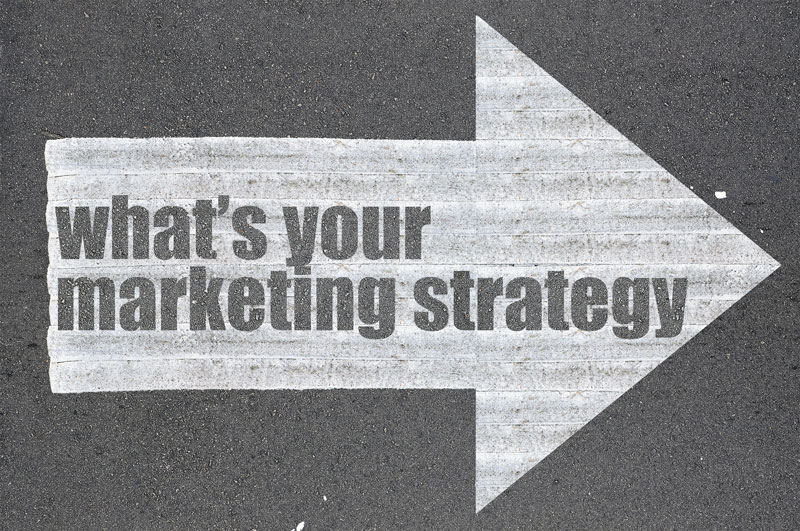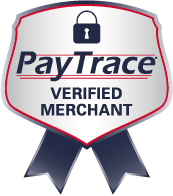Picture this….
You arrive at a networking event that focuses on business development, marketing and sales, an opportunity to grow your business. You enter with specific goals in mind: develop positive relationships with both new and existing colleagues and friends in a relaxed and inviting atmosphere.
You make your way through the room chatting with some people you know and some you don’t. You chat with different types of business representatives. A fellow attendee introduces themselves, hands you a business card that says marketing and you ask “what do you do”; they respond “I manage inbound marketing campaigns.” You move on and talk to another individual who explains, that they build websites. Another person writes content, one who delivers promotional items for your business with your name on it, another who does graphic design, and yet another who says you need to print and mail campaigns out to your customers. All are professionals in the marketing industry and all say they are a necessary part of your marketing strategy but who provides the solution for your business and how do you know?
As a marketing professional, I respect what we collectively bring to the table. When I talk about herding the cats it conveys how difficult it is for owners to know the correct option for their business. There are many marketing techniques and a marketing strategy is the business development tool that must be tailored to the specific goals and objectives of each unique business.
There is no one right answer. Just like the construction industry there is not one contractor that is the solution to every type of construction project. Each business has specialized services, manages various project sizes and has experience and skill on select project types. Each business delivers value to their client dependent upon the project. That is the first question to ask in developing your marketing strategy. Start by asking who I want to reach.
Once you determine the who you want to reach, you must know what you want to say to them, then you can begin to identify what type of marketing professional to engage. Be clear with your expectations, ask a lot of questions and request a written plan to include a timeline with goals and cost.
Start with the end in mind. Put in place strategies that fit your marketing budget (financial and personnel). Develop a marketing plan, put strategy to the dollars you are spending. How are you measuring the return on your investment of money, time and human resource? Beginning with that end in mind, seek out a professional that knows your business development goals, understands your industry, appreciates your budget and engages in a strategic plan that delivers the stated outcome.
Trust me when I say that most marketing pros want nothing more than to drive real profitable business right to your door step, it’s the best of all worlds when that happens, we have happy profitable clients and our business grows as well. To your results!
















